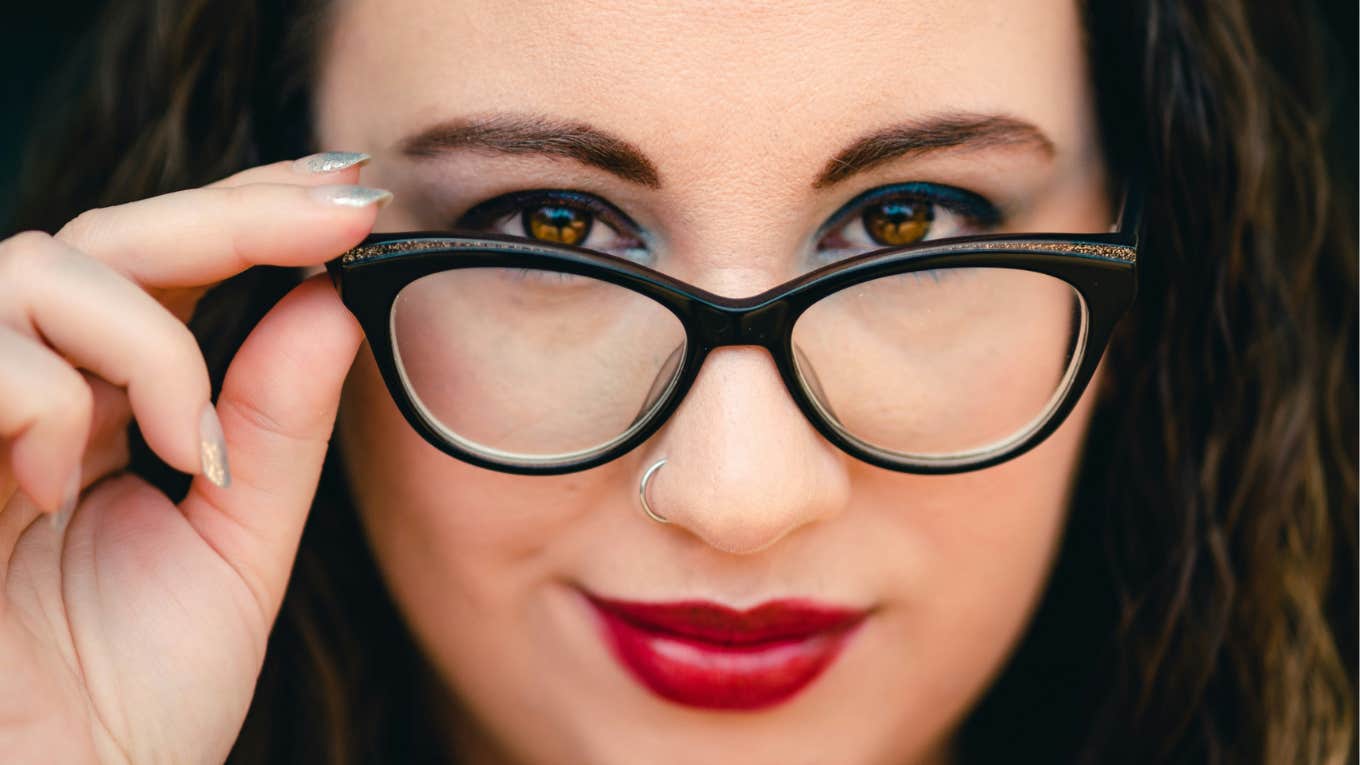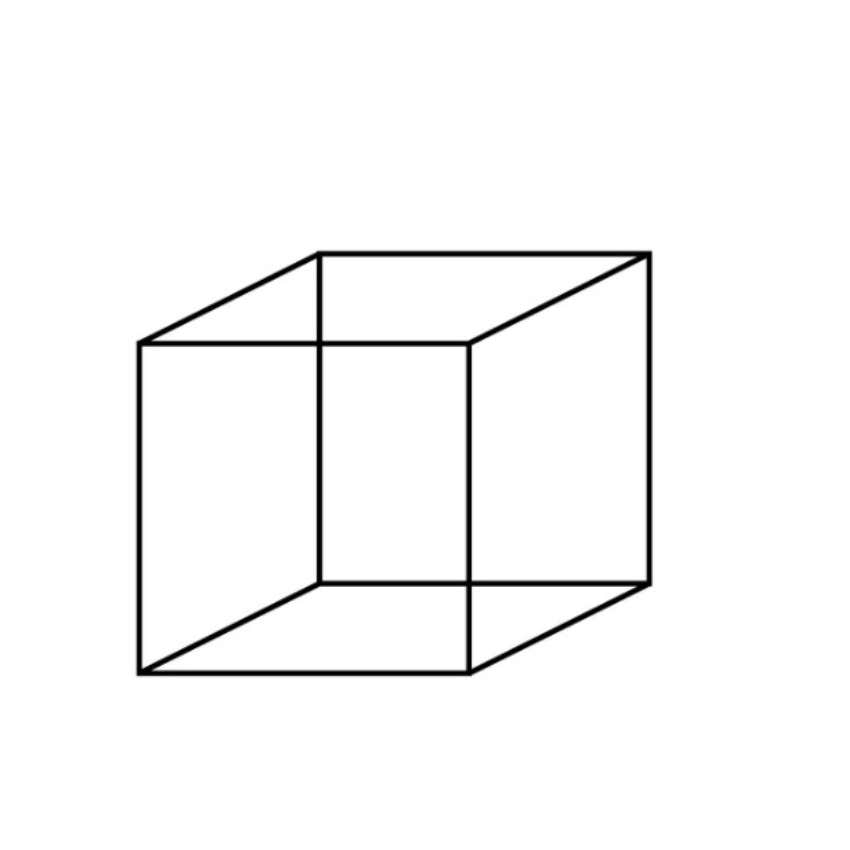This Simple Optical Illusion Can Tell If You’re A Creative Genius Or Just Average
The way your brain interprets this illusion may reveal whether you think outside the box or stick to the safe and familiar.
 Kenny Gaines | Unsplash
Kenny Gaines | Unsplash Sometimes, optical illusions are nothing more than interesting, with no real insight into you as a person. These visual perceptions can transform human faces into aliens, confuse you by simply turning a picture upside down, or make you start to hallucinate.
Scientists have identified specific neurons in the brain's visual cortex that respond to illusory contours, and when activated, these neurons create brain activity patterns similar to actually viewing the illusions. While these visual tricks might seem like simple entertainment, they've actually helped researchers understand how our brains process visual information and could potentially aid in studying conditions involving visual perception disruptions.
Then, there are optical illusions that translate the way people view objects into answers about who they are. Some tell you what is most important to you, while others can reveal frustrating personality traits or identify the best way for you to relax.
If you see yourself as creative and feel the need to confirm your abilities, the Necker cube illusion is a test that can let you know if you are really as creatively gifted as you think you are. Dr. Steve Rathje explains how the test works here:
This simple optical illusion can tell if you’re a creative genius or just average:
The Necker cube illusion starts with a 2-dimensional drawing of a wire-frame cube.
When viewing it, observers have to determine if the lower left square on the cube is the face or if it has an upper right face. You might be able to see the cube both ways.
The Necker cube is an optical illusion first developed in 1832 by the Swiss crystallographer, Louis Albert Necker. Made from a wire frame, the 2-D drawing makes it hard to have a stable perception of its orientation. It can be interpreted to have a lower-left or upper-right front.
The Necker cube picture has an ambiguity that observers interpret by focusing on different parts of the figure. These analyses of each part result in a consistent perception of the entire cube, meaning humans see it the same way every time they view it.
 merearts / Shutterstock
merearts / Shutterstock
The Necker cube is different from the impossible cube, as its edges cross in an inconsistent way, making it an impossible shape like the Penrose Triangle. Most people see the lower-left face as the front because they are used to viewing objects from above rather than below. Because of that, our brains prefer to interpret the image as being viewed from above.
But by focusing on specific areas of the figure, one can force a more consistent perception of which side is the face. If you focus on the Y-junction at the top of the cube, you will view the lower left as the face, but zeroing in on the bottom Y-junction will make the upper right appear to be the front. Blinking in between perceptions can cause you to switch between them.
The Necker cube was meant to shed light on the human visual system.
It makes it clear that the brain is a neural network with two separate but equal and interchangeable states of stability. Sidney Bradford, blind from the time he was 10 years old, regained his sight via an operation at age 52 and did not perceive the ambiguity that people with normal sight did; rather, he saw a flat image.
What does the Necker cube symbolize? According to a study investigating the relationships between our personalities and our creative skills, people who switched perspectives when viewing the image had higher levels of industriousness, openness, and intellect. These findings told researchers that creative individuals have different perceptual processing than others.
The Necker cube illusion conflicts with "common-sense realism," meaning the way that we perceive the world is what the world is. This is seemingly disproven, because although we all see a cube with different sides perceived to be the front, in reality, it is just a drawing with 12 two-dimensional lines. Therefore, we see something that is really not there, and the ability to see different perceived "faces" of the box is a testament to just how creative and naïve the human mind can be.
Research shows that creative expression promotes cognitive flexibility, emotional regulation, and overall well-being for individuals of all ages. Every time you engage with creative activities or challenge yourself to see things from a new angle, you're building mental flexibility that serves you in countless ways throughout your daily life.
NyRee Ausler is a writer from Seattle, Washington, and the author of seven books. She focuses on lifestyle and human interest stories that deliver informative and actionable guidance on interpersonal relationships, enlightenment, and self-discovery.

